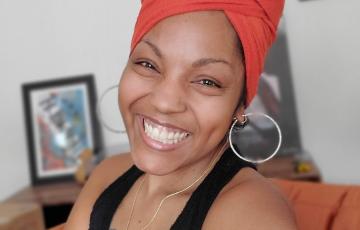Search Results
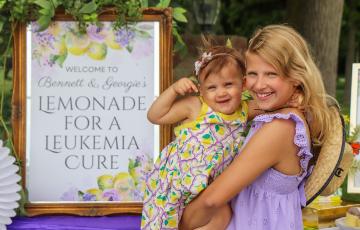
Judith
In 2016, my Mom/daughter's grandma, Baba (Judith W), was diagnosed with acute myeloid leukemia (AML). After her first round of chemo, she was discharged from a one-month hospital stay on my daughter's third birthday. Best birthday present ever. She continued fighting the disease with more chemo and ultimately received a stem cell transplant from an amazing donor. Amid the uncertainties of her recovery, we hosted our first lemonade stand fundraiser on Mother's Day weekend the following year in hopes of helping.

Ernest
During my summer internship at General Motors in Flint, Michigan, I suddenly started feeling extremely restless. Soon after a lump the side of a golf ball appeared on my neck and I got an extreme sore throat. A doctor told me I just had a sinus infection and gave me Theraflu.
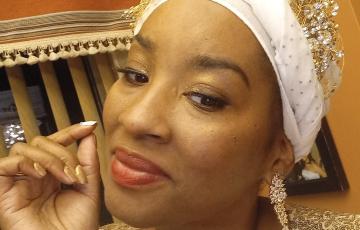
Lauren
It was last July, and I was just a regular Jersey girl. I was a 41-year-old wife, mother of two, physical therapist assistant just living a regular, normal life, or so I thought. I was just returning from a vacation in Puerto Rico, celebrating my brother's 50th birthday, when I fainted on the plane and had to have an emergency visit upon landing.
Daniel
My son was diagnosed with acute lymphocytic leukemia (ALL) in 1992 at 7 years old. Needless to say, it was a devastating blow to our family, and we were so scared! I had just gone through cancer illnesses with two other members of my family and knew how this diagnosis went. But my son, I never thought in a million years!

Sophie
I was diagnosed with stage 3B Hodgkin lymphoma in February 2013. I was having unusual things going on with my body such as itching, weight gain, swollen lymph nodes and heavy breathing. As these symptoms continued, it led me to go see my general practitioner, who misdiagnosed me with scabies (a form of bed bugs). After another week of being miserable, and no change in my symptoms, I decided to go see my dermatologist. When I went in he knew right away something wasn’t right and sent me to get blood work done immediately.

Ava
My name is Lori Timko and my first daughter Ava is an acute myeloid leukemia (AML) survivor! It started in 2009 when she had become sick and the doctors discovered her blood counts were suppressed.
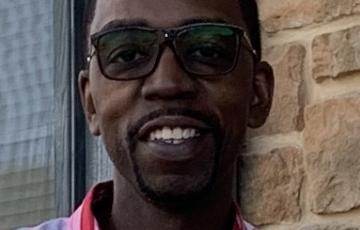
Oya
My three kids are my precious jewels, the reason I get up every morning. As a single parent, providing a good life for them is what fuels my drive to succeed. Little did I know that need to care for them would end up saving my life.
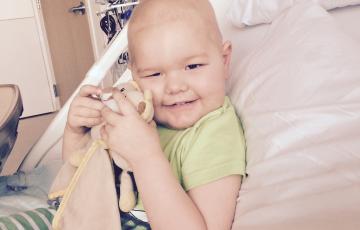
Jude
From 2013 to 2014, after he was diagnosed with acute lymphoblastic leukemia (ALL), Jude endured four cycles of intense chemotherapy, lengthy hospitalizations, difficult side effects, and months of home isolation. Jude's younger brother, Finn, was born in May 2014 in the middle of Jude's chemotherapy cycle. In August 2014, his family finally celebrated as Jude finished the more difficult part of treatment.
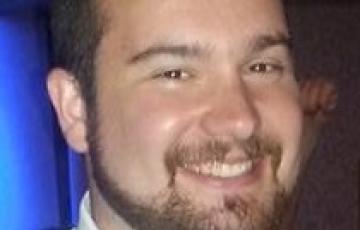
Lawrence Paul "LP"
In July of 2017, our world was turned upside down. Our son, Larry Paul (LP), was experiencing back pain and was extremely tired. After multiple trips to doctors and ER visits over seven days, he was taken down to UMMC in Baltimore and diagnosed with T-cell acute lymphoblastic leukemia (T-ALL). After a 28-day battle of fighting ferociously, he passed away. When he was sent home from the hospital after 24 days, the doctors were convinced that he was going to beat this. The toxic chemo created a massive pulmonary embolism that went undetected.
CML in Children and Young Adults
Most cases of CML occur in adults. From 2012 to 2016, approximately 2 percent of all cases of CML occurred in children, adolescents and young adults less than age 20.

Kori
This may be the most vulnerable thing I’ve ever shared. I tend to not like to share too much of my personal life on social media. I am a businesswoman, so a few pictures of my kids, family, or vacations are usually the extent of what I put out there. But if what I’m about to say here about my story helps even one person listen to their gut or body, then I am proud to have helped. Please take a few minutes to read this.
Diagnosis
While certain signs and symptoms may indicate that a person has ET, a series of tests are needed to confirm the diagnosis. It is important to have an accurate diagnosis, as it helps the doctor to:
- Estimate how the disease will progress
- Determine the appropriate treatment
Some of these tests may be repeated both during and after treatment to evaluate its effectiveness.

Sofia
Sofia’s story starts in November 2022. Actually, it starts on March 17, 2019, when she was born. She has been my fierce, independent, strong-willed little girl from the get-go. Once she started walking, she was an unstoppable force. Contrary to her cautious, older brother, Sofia seemed fearless. She loved to climb to the top of the playground structure meant for kids twice her age. She loved gymnastics and took after Mommy with her love of the bars, anything she could hang or climb on.
Prognostic Factors
Prognosis is the likely outcome of a disease along with the chance of recovery or recurrence. Hodgkin lymphoma (HL) cases are generally classified into the three subgroups described below.
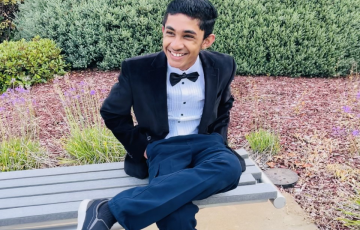
Aryan
Hello, my name is Aryan. I am 13 years old. I was almost five years old when I first got diagnosed with cancer. It started as a normal summer like always, and we were planning to go somewhere. My dad was always traveling because of work, so it was just me and my mom. I would mostly spend time at my grandparents’ house because I could play games with them. One day my dad saw a bump on the back of my head, and our pediatrician told us that it was a lymph node. My pediatric doctor told my parents that it's normal, part of recovery from a fever or cough and to monitor it.
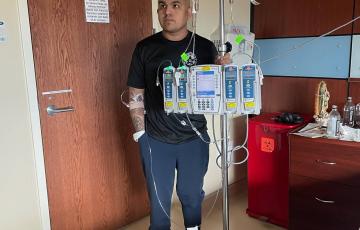
Santino
I know the pain of being told that you have cancer twice, but I also know the joy of being told that you have beaten cancer twice. I write this message to bring encouragement and to instill a fight in people who have had a relapse of cancer. Being told once that you have this disease is already heartbreaking, but to be told that it came back and you will need chemo again is soul-crushing.
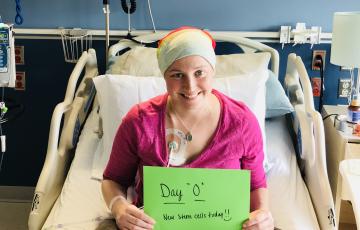
Amy
I am a stage IV non-Hodgkin lymphoma survivor (NHL). The diagnosis came as a complete shock since I was a relatively healthy, active young adult working and enjoying life with family and friends. With a family history of breast cancer, I was advised to start having screening mammograms in my 20s. After a few clear screenings, I approached my 2018 screening and annual health visit to my primary care doctor's office with optimism. Within 48 hours, I received the dreaded call many women fear ― abnormal results.
Treatment
On average, individuals with essential thrombocythemia (ET) have a normal life expectancy if they are properly monitored and treated. It's important that your doctor is experienced in treating myeloproliferative neoplasms (MPNs) or works in consultation with a hematologist oncologist who has experience treating MPN patients.

Chancez
Hey, my name is Chancez (ironically, I was blessed with many chances last year). I became a part of The Leukemia & Lymphoma Society (LLS) community last year and was provided financial support. I was also presented with love, care, and daily reminders of all the support that was available to me to get me through such a rough period in my life. A friend of mine suggested that I share my story to help others in our community, especially young adults who are in the same predicament I was once in.
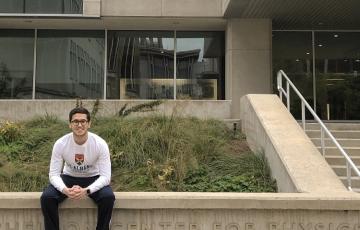
Jonathan
I was diagnosed with B-cell acute lymphoblastic leukemia (ALL) on July 26, 2019, and even without the involvement of a pandemic, I imagine that’s reason enough to believe that to me 2018 seems like a lifetime ago. Still, I can remember it well enough: A wide-eyed younger version of me arrived at college orientation, somehow simultaneously thrilled to begin a new chapter of his life and paralyzingly terrified of the imminent unknown.
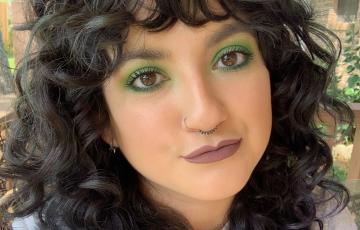
Elisa
I was diagnosed with stage IV Hodgkin lymphoma (HL) in April 2022 at 27 years old. After months of debilitating symptoms and a week-long hospital stay, I finally had an answer as to what was going on with my body. I was relieved to have an answer, but "cancer" was the last thing I expected. Ironically, after my diagnosis and first chemotherapy infusion, I felt better than I had in months. I didn't feel like I had cancer; the only reminders were a few enlarged lymph nodes and the mediport protruding from the right side of my chest.

Rylie
My name is Rylie York, I am 20 years old and I'm currently a sophomore at Baylor University. I'm originally from Round Rock, Texas and I am a patient at Texas Children's Hospital in Houston, Texas. I was diagnosed with stage 4 Hodgkin’s lymphoma at 18 in the middle of my senior year of high school. I have relapsed twice since then and completed my bone marrow transplant this past August and September.
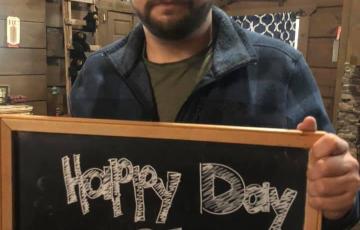
Will
I am a cancer mom. I WAS a cancer mom. My youngest son, Will, was diagnosed with Hodgkin lymphoma (HL) at age 19 in April of 2019. He, his dad, and I were beyond shocked when we heard the news that the swollen lymph nodes that came up out of the blue one March morning were indeed HL. We didn't really know anybody personally that had it. We didn't know what exactly all the words meant at that moment in time, but we knew it wasn't what we had planned for our youngest son.
Treatment
It's important that your doctor is experienced in treating patients with acute myeloid leukemia (AML) or has access to an AML specialist.
Types of AML TreatmentDoctors use several types of treatment for adults with AML, some at different stages. Click on the links below to read more about each type of treatment.
